IS DAIRY BAD FOR YOU?
Writer and Registered Dietitian Juliette Kellow sets the record straight on some of the most common myths surrounding milk and dairy.
Writer and Registered Dietitian Juliette Kellow sets the record straight on some of the most common myths surrounding milk and dairy.

Just not true.
While milk may contain small amounts of naturally occurring hormones, there’s no truth behind the suggestion that cows are injected with hormones to encourage them to produce more milk.
In fact, in the EU there’s been a law in place for many years that means it’s illegal to use a hormone called bovine somatotropin to boost the amount of milk a cow produces. Simply put, milk really isn’t ‘full of hormones’.
Inaccurate.
All milk, including breast milk, contains white blood cells that are designed to fight infection to ensure good health. The amount of these cells in milk help to identify its quality – lower levels tend to indicate that cows are healthy and the milk is really good quality.
As a result, levels of these cells are closely monitored and within the EU, a limit is set on the maximum amount that milk should contain. In the UK, the average amount is well below what is legally permitted.
Either way, claims that milk contains pus simply don’t stack up.
Couldn’t be further from the truth.
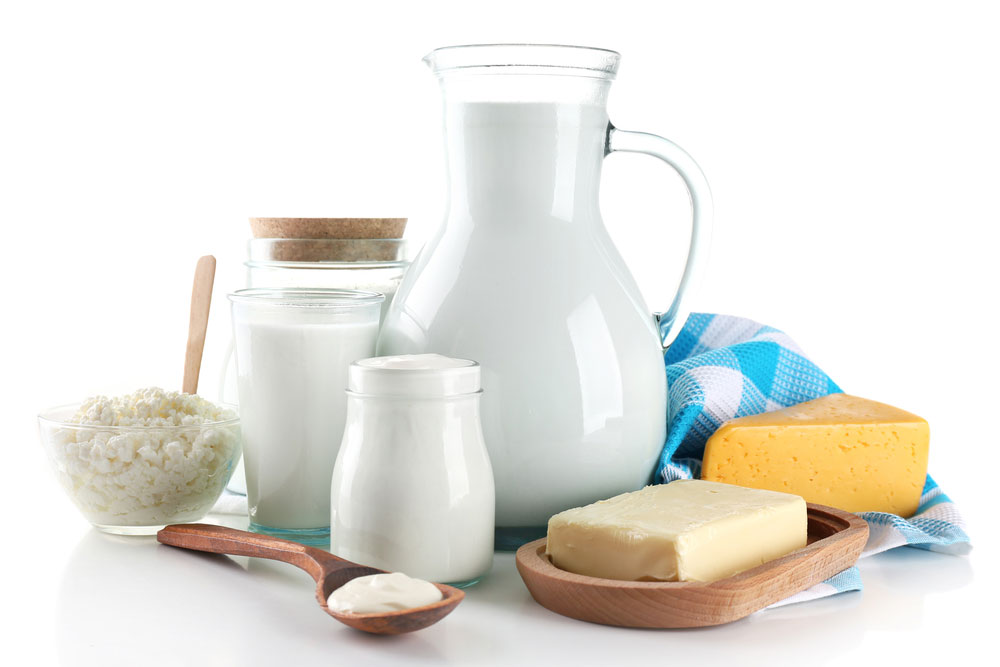
Plain milk is naturally nutritious and nothing is added to it! There’s also very little processing involved in getting fresh milk from the farm to our homes, either.
Firstly, milk is pasteurised to destroy harmful bacteria so that it’s safe to drink. All this means is that the milk is heated up very quickly and then cooled down again. Next, milk is separated into its cream and liquid parts. These parts are then blended back together again so that the amount of fat in the milk can be standardised, depending on whether it’s to be sold as whole, semi-skimmed, 1% or skimmed.
Finally, most milk is homogenised to break up the fat globules, so that they don’t separate and float to the top to form a layer of cream. This simply involves pushing the milk through a nozzle at high pressure – a bit like a power hose – which breaks down the fat globules and disperses them evenly throughout the milk.
So, whilst milk may undergo a number of different processes depending on the final product, claims that plain milk is packed with additives aren’t true.
This is a rumour.
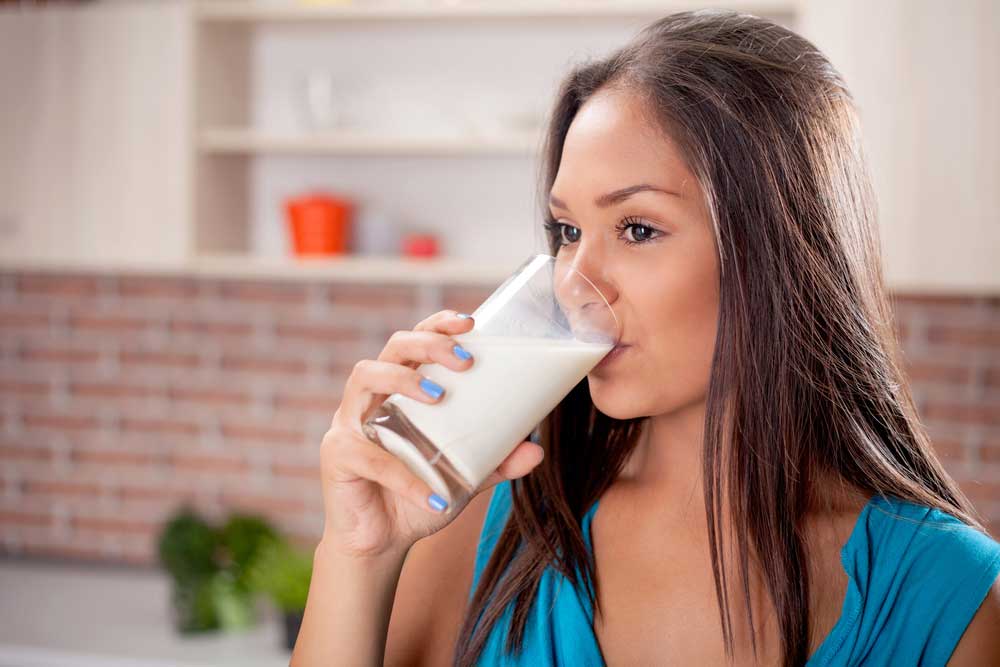
While it’s thought the texture of milk may make some people feel their mucus and saliva is thicker and harder to swallow, a recent review of research in this area confirms there is no evidence that drinking milk produces more mucus.
The truth is milk is likely to benefit bone health.
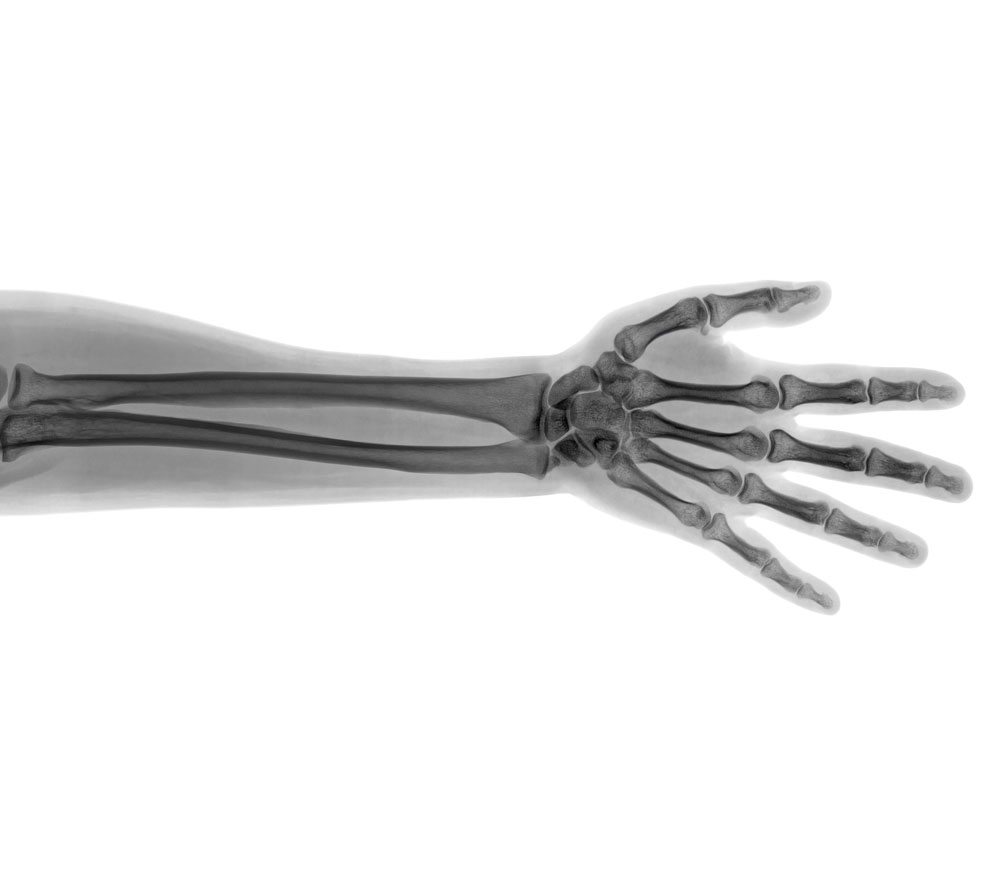
Supporters of alkaline diets believe that high-protein foods like milk make our blood more acidic. In response, they say the body attempts to offset this acidity by leaching or taking alkaline minerals such as calcium from the bones. They say this in turn weakens the bones, and increases the risk of osteoporosis. Hence claims that milk leaches calcium from bones were born.
However, the acidity or alkalinity of our blood (which is known as the pH) is very carefully controlled by our kidneys and lungs, and isn’t affected by what we eat. Furthermore, research shows acid-forming foods have no negative effects on calcium levels or the health of our bones.
As with many ‘fad’ diets, this is based on flawed theory and a lack of evidence. There’s no evidence whatsoever that what we eat affects our blood pH at all!
The truth is, foods that provide protein and calcium – such as milk, yogurt and cheese – are far more likely to benefit bone health as both of these nutrients are needed for the growth and development of bone in children and maintaining normal bones in adulthood and older age.
Think again.

Overall, skin experts agree there’s not enough proof to suggest a clear link between dairy and acne, nor is dairy a key trigger for skin problems in most people. For example, according to the British Association of Dermatologists, there’s little evidence that any food causes acne or that hormones in dairy products affect it.
Similarly, when it comes to rosacea – a condition that causes a flushing of the skin, especially on the face – the British Association of Dermatologists highlight hot drinks, alcohol and spicy foods as possible triggers but make no mention of dairy products.
The reality is, rather than dairy being bad for your skin, different dairy products provide a range of nutrients, such as zinc, iodine and vitamins A, and B2, which are needed for the maintenance of normal skin. For example, milk and yogurt contain vitamins B2 and iodine, and Cheddar is a source of vitamin A and zinc.
Dairy is part of a healthy balanced diet.
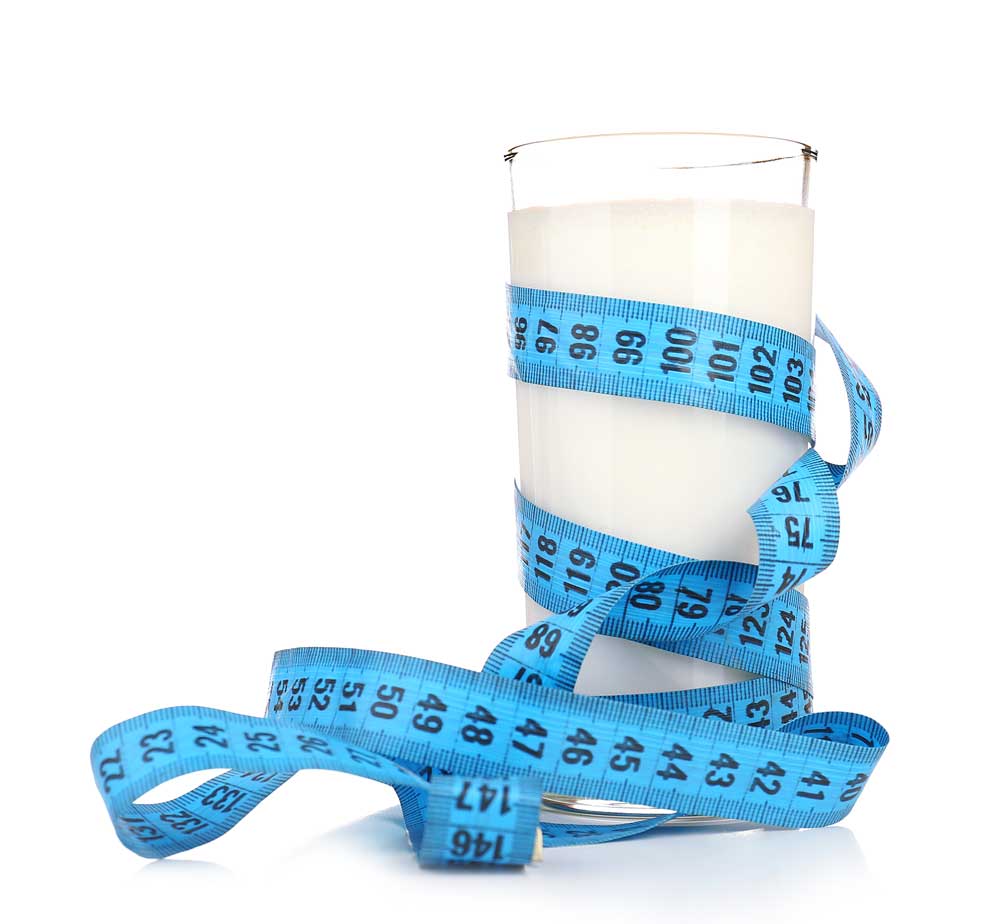
Gaining weight occurs when we consistently take in more energy or calories than we use up through our daily activities and exercise. This excess energy is stored as fat. Everything we eat contains calories, so it’s our total diet, rather than individual foods, that contributes to expanding waistlines. Claiming that dairy is fattening therefore misses the bigger picture, of their role in a healthy or balanced diet.
In fact, according to a large UK survey that looks at the nation’s food intake every few years, milk and cream account for, on average, just 4% of the calories in the diets of adults; cheese provides only 3% of calories; and yogurt, fromage frais and other dairy desserts such as ice cream, provide just 1% percent of calories.
The truth is, dairy products contribute far fewer calories and much less fat, saturated fat and sugars to our diets than many of us think. Reference Intakes (RIs), which are often seen on food labels, show the maximum amount of calories and nutrients adults should have in a day and are set at around 2000kcal, 70g fat, 20g saturates and 90g sugars.
Lower-fat dairy products can contribute fewer calories, less fat and fewer saturates than full-fat products, but even the full-fat versions don’t usually make a huge contribution to calorie intakes. For example, a 200ml glass of skimmed milk contributes just 4% of the maximum amount of calories recommended for a day, but the same sized glass of whole milk still only provides 7% of calories!
Finally, it’s worth remembering that dairy products such as milk, cheese and yogurt are nutrient-rich foods – in other words, the calories they contain come packaged with a range of nutrients. For example, dairy products such as milk, Cheddar cheese and low-fat yogurt all contain protein, calcium, iodine, phosphorus and vitamins B2 and B12; and hard cheese also provides vitamin A.
Plain milk is free from added sugar.
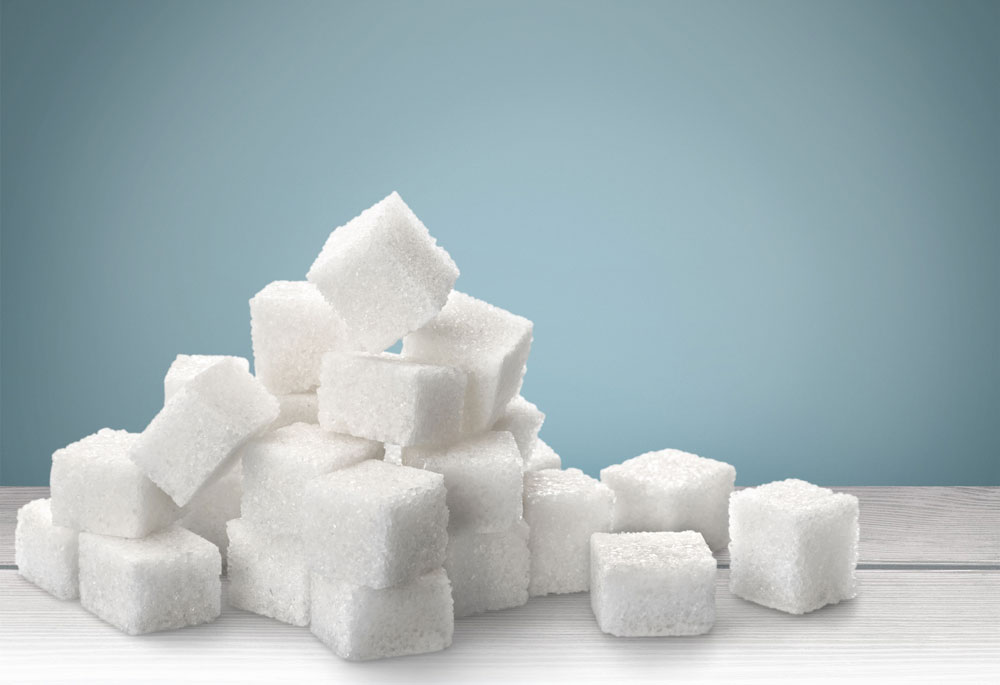
Claims that milk is full of sugar also overlook the different nature of naturally occurring sugars, compared with added or free sugars. The NHS advises that the sugar found naturally in milk, fruit and vegetables does not count towards your ‘free sugar’ count.
Some flavoured yogurts or milk-based drinks can have sugar added to them. The amount can vary depending on the brand but sugars are always labelled on the nutrition panel so you can see just how much the product contains. Hard cheeses like Cheddar contain no sugars at all.
Claims that milk is bad for you need a closer look.

But these are often based on the findings of just a single piece of research and whilst these findings may add to other research in this area, despite what the headlines say, individual studies rarely change health advice in the UK.
The truth is, there are many risk factors for all these diseases, which can range from our genetic make-up, family history, age or whether we are male or female, to whether we smoke, drink alcohol, are overweight or are inactive.
With so many factors involved, it can be difficult to pinpoint whole diets, individual foods or groups of foods, as risk factors for specific conditions.
What we do know is that eating a balanced, healthy diet that includes plenty of fruit and veg, fibre-rich starchy foods, some dairy products and lean protein-rich foods, combined with limiting fatty, sugary and salty foods, taking regular exercise and achieving a healthy weight, can help keep us healthy and protect us from many diseases.
Claims that milk is bad for you therefore need a closer look.
There is no indication that dairy products increase the risk of breast cancer.
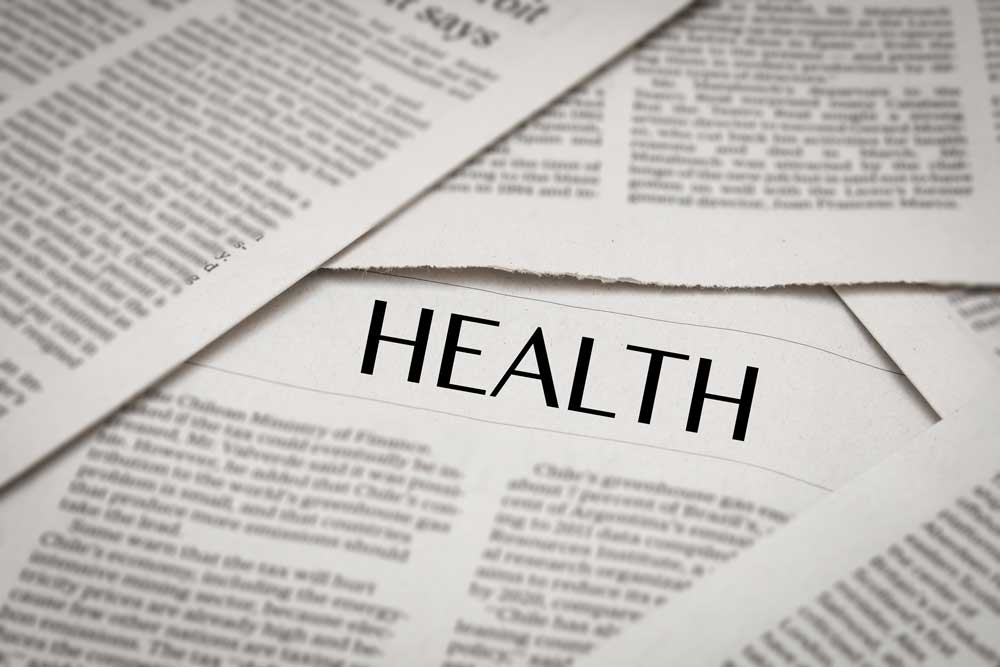
The World Cancer Research Fund (WCRF) state that actually, there is limited evidence that higher intakes of dairy products might lead to an increased risk of prostate cancer. In contrast, there’s far more evidence that being overweight increases the risk of advanced prostate cancer.
Meanwhile, there’s no indication that dairy products increase the risk of breast cancer. If anything, according to the WCRF, there’s some evidence that consuming dairy products may actually lower the chances of developing pre-menopausal breast cancer, although it’s an area that needs more research before any firm conclusions can be made.
Furthermore, according to the WCRF, dairy products (as well as higher intakes of wholegrains and fibre-rich foods) can decrease the risk of colorectal or bowel cancer.
In reality, one of the best things we can do to reduce our risk of cancer is to achieve and maintain a healthy weight. The WCRF confirms that being overweight is one of the main causes of 12 different cancers, including those of the bowel, breast (post-menopausal), gallbladder kidney, liver, mouth, pharynx and larynx, oesophagus, ovary, pancreas, prostate (advanced), stomach and womb.
If you’re concerned about the relationship between dairy and cancer, rest assured that one of the best ways to reduce your risk is by eating a healthy and balanced diet, of which dairy products play a beneficial part.
Research suggests that the opposite may be true.

When it comes to type 2 diabetes, several large studies have suggested that higher intakes of dairy products, especially yogurt, may help to protect against this condition.
Ultimately, the best advice to follow to lower our chances of developing type 2 diabetes is to achieve and stay at a healthy weight, to be more active and to enjoy a healthy, balanced diet, of which dairy products play an important part.
Research confirms the evidence varies dramatically between countries .
When you look at the world as a whole, it’s estimated that around two thirds of the population (68%) are lactose intolerant. However, across Northern, Western and Southern Europe, the incidence is much lower than this with 28% of people thought to have the condition. The figures for the UK are even lower than this: less than one in ten people – just 5% – are thought to suffer with lactose intolerance.
Lactose intolerance is caused by low levels of lactase, the enzyme that’s needed to digest lactose. This means undigested lactose passes into the large intestine where gut bacteria start to break it down, the side effects of which include symptoms such as bloating, wind, an uncomfortable tummy and diarrhoea. In some cases, the condition can be temporary – for example, it can occur after a bout of food poisoning or gastroenteritis, which damages the lining of the gut. Once the gut heals, lactase starts to be produced again so foods containing lactose can be eaten once more without symptoms.
The good news is, even if you do suffer with lactose intolerance, you don’t automatically need to give up dairy products. Many people with the condition find they can tolerate small amounts of lactose or certain dairy products, such as a small pot of yogurt or a piece of hard cheese, the latter of which contains virtually no lactose. Lactose-free milk and dairy products are also now widely available and contain all the nutrients of regular dairy products, except for the lactose.
It’s important not to avoid dairy unless you have to, as milk and other dairy products are one of the main providers of calcium in our diets, a nutrient that’s needed for the normal growth and development of bone in children up to the age of 18 years, and maintaining normal bones in adults. Milk and dairy foods provide around a third – 34% – of the calcium in the diets of teenagers and adults up the age of 64 years.
Meanwhile, it’s important not to confuse lactose intolerance with cow’s milk protein allergy. An allergy to a food such as milk involves the immune system (which an intolerance doesn’t) and usually results in symptoms that come on rapidly such as nausea, vomiting, itchy hives, welts or skin rashes, swelling of the eyes and lips, a runny nose, sneezing, wheezing or, in extreme cases, anaphylaxis, potentially stopping breathing and requiring urgent medical attention.
An allergy to cow’s milk protein is more common in babies and young children than adults – it’s estimated to affect around seven percent of babies under one year old, but most children grow out of it by the time they are five. If you are concerned you, your baby or your child suffers with an allergy to cow’s milk protein or lactose intolerance, it’s vital you get medical advice and see your GP for help. You should never try to manage the condition without medical advice, as milk is an important provider of nutrients in childhood.
Milk contains a number of nutrients that our bodies need. Visit our is milk good for you page to find out more.
Last reviewed: 03/2021
Next review due: 03/2023